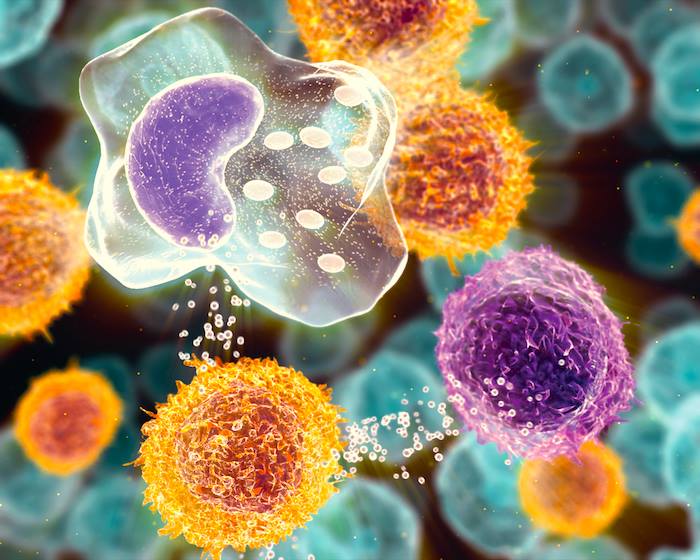Long assumed to be destructive to tissues and cells, “free radicals” generated by the cell’s mitochondria – energy-producing structures in the cell – are actually beneficial to healing wounds. That’s the conclusion of biologists at UC San Diego who discovered that “reactive oxygen species” – chemically reactive molecules containing oxygen, such as peroxides, commonly referred to as free radicals – are necessary for the proper healing of skin wounds in the laboratory roundworm C. elegans.
In a paper published in the October 13 issue of the journal Developmental Cell, the researchers found that free radicals generated in the mitochondria not only are necessary for skin wound healing, but that increased levels of reactive oxygen species, or ROS, can actually make wounds heal faster.
“There are many ways you can generate ROS in the cell, but no one had looked in the mitochondria in detail,” said Andrew Chisholm, a professor of biology at UC San Diego, who conducted the study with Suhong Xu, a postdoctoral fellow in his laboratory. “Our discovery was surprising because we didn’t realize that mitochondria were playing these roles in wound healing.”
Free radicals, or ROS, have long been known to damage DNA, RNA and proteins. Because such oxidative damage is thought to contribute to premature aging and cancer, many people take antioxidants to minimize the cellular damage from free radicals.
But the UC San Diego researchers found that while too much ROS in the cell may be bad for you, eliminating ROS altogether prevents wound healing, at least for roundworms. Their discovery has implications for the development of new pharmaceuticals to treat the elderly and people with diabetes who have chronic issues with wound healing.
“It appears you need some optimal level of ROS signaling,” explains Chisholm. “Too much is bad for you, but too little is also bad. We discovered in our experiments that when we knocked out the genes that produced ROS in the mitochondria and eliminated antioxidants, the roundworms had trouble closing up their wounds. We also found that a little more ROS helped the wounds close faster than normal.”
While the researchers have confirmed their results only for the lowly roundworm, they suspect it applies to higher animals and are planning to continue further investigations in rodents.
“We suspect that these genetic pathways are conserved, so that they would apply to vertebrates and mammals as well,” said Chisholm.
Source: Suhong Xu, Andrew D. Chisholm. C. elegans Epidermal Wounding Induces a Mitochondrial ROS Burst that Promotes Wound Repair. Developmental Cell, 2014; 31 (1): 48 DOI: 10.1016/
Journal Link: http://bit.ly/11h51Ju












